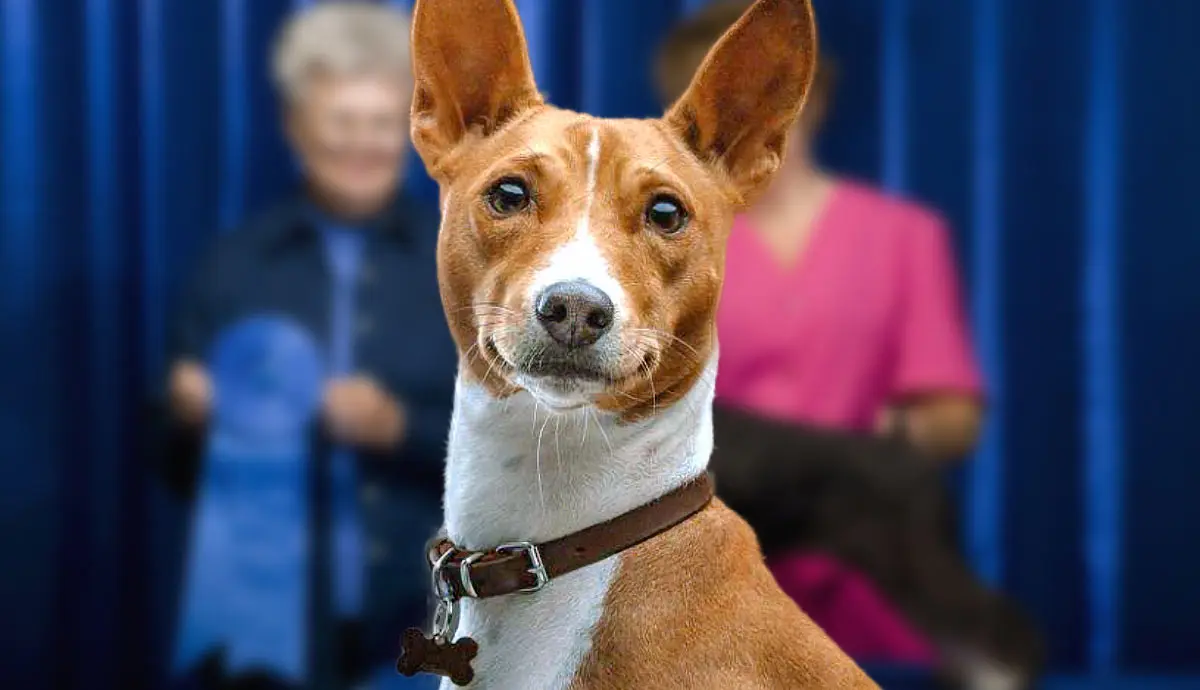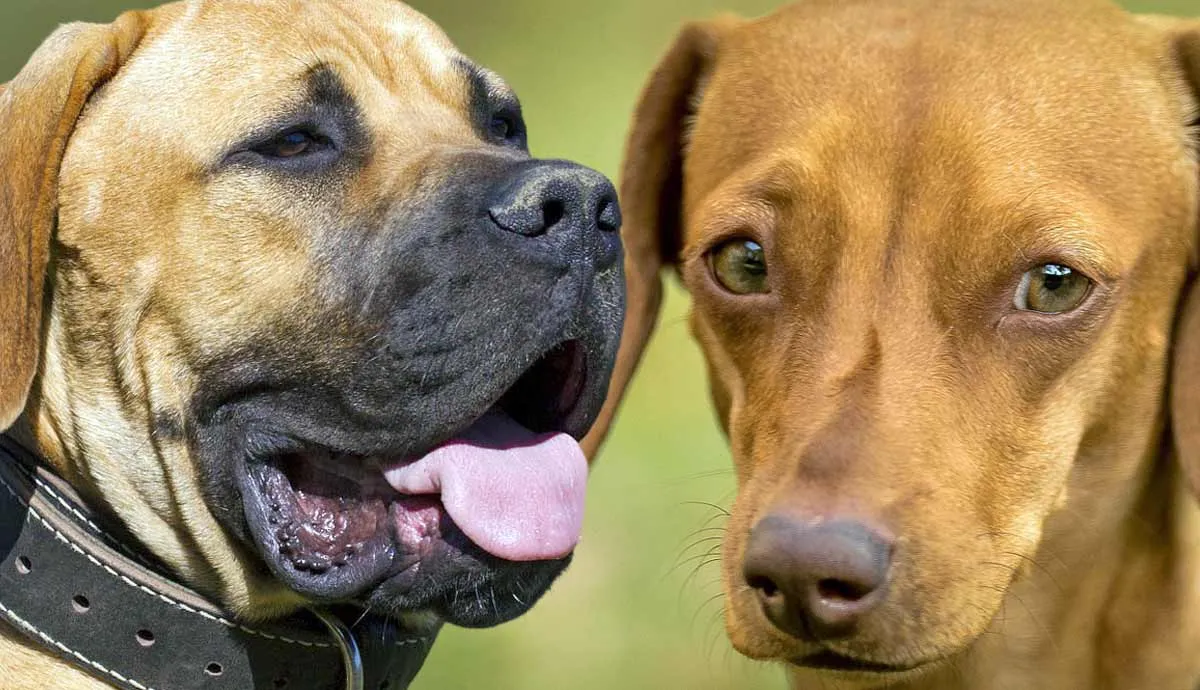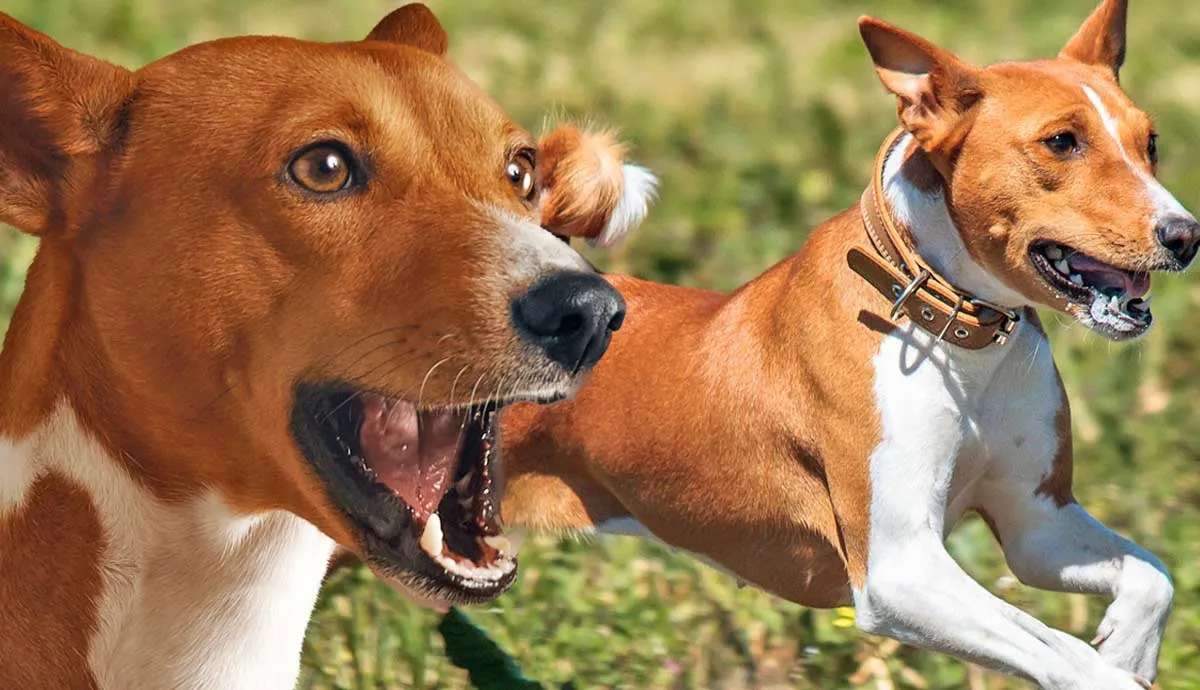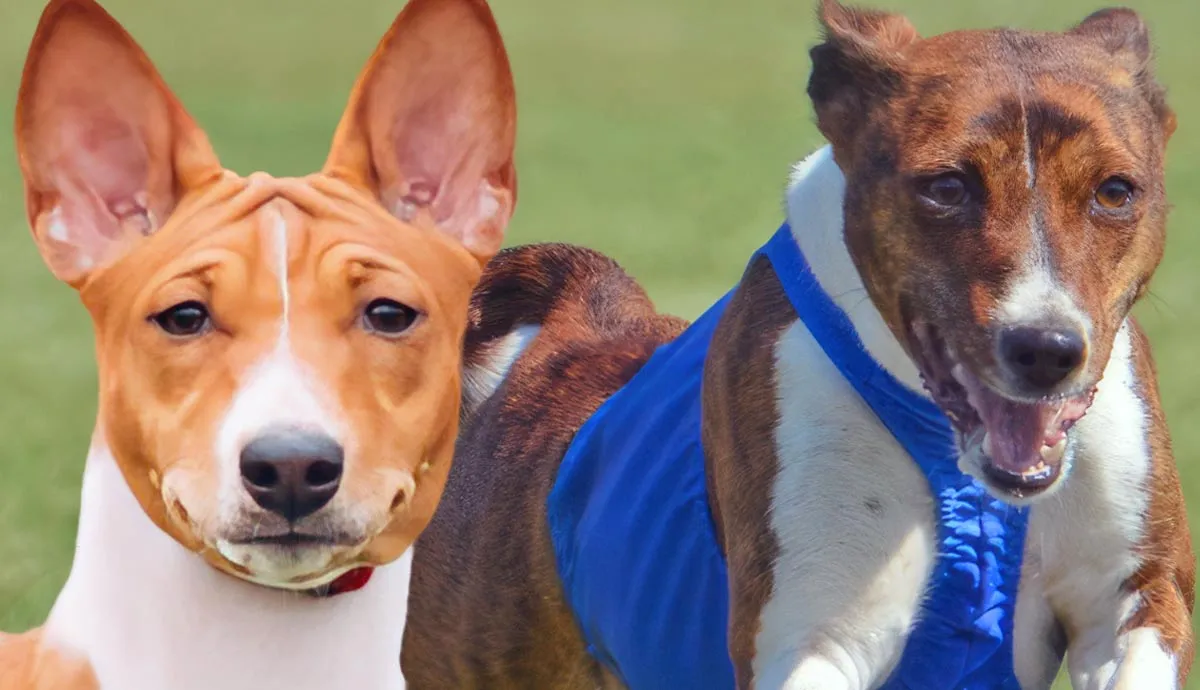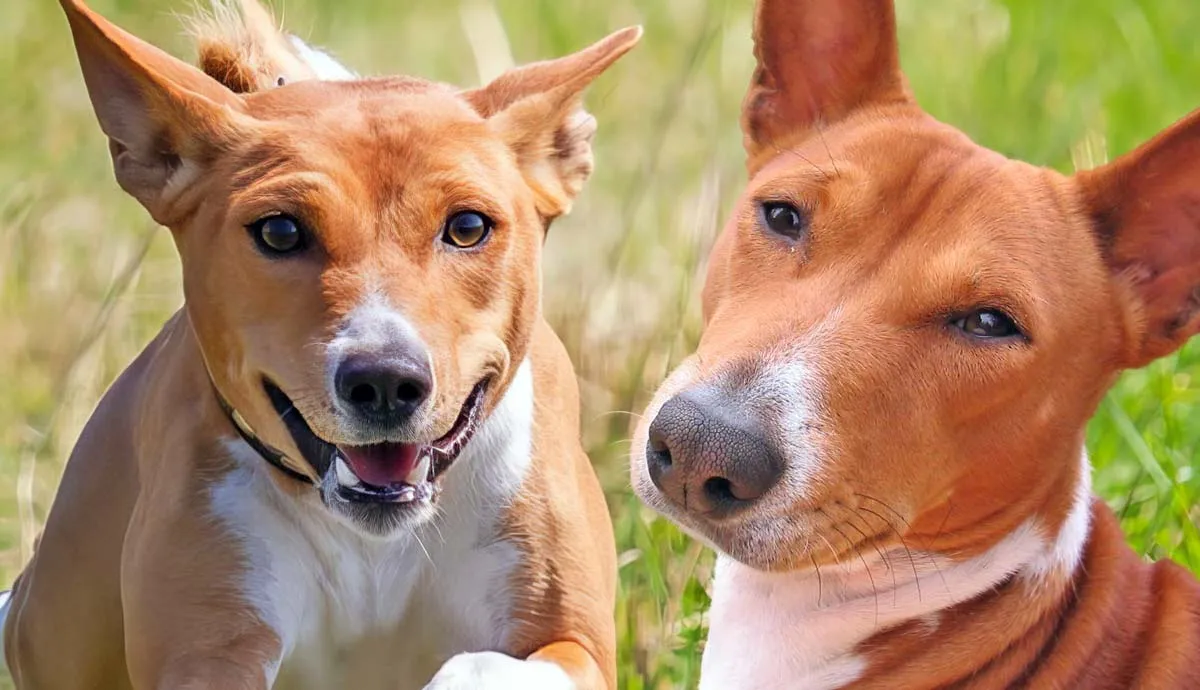Over 2 million people tune in to watch the iconic Westminster Kennel Club dog show. The glitz and glam of the event are what people love, but many do not understand how the judges pick their winners. The Basenji is an especially fun breed to watch with their lively attitude and adorable look. Keep reading to find out what the Basenji show dog is judged on.
General Appearance
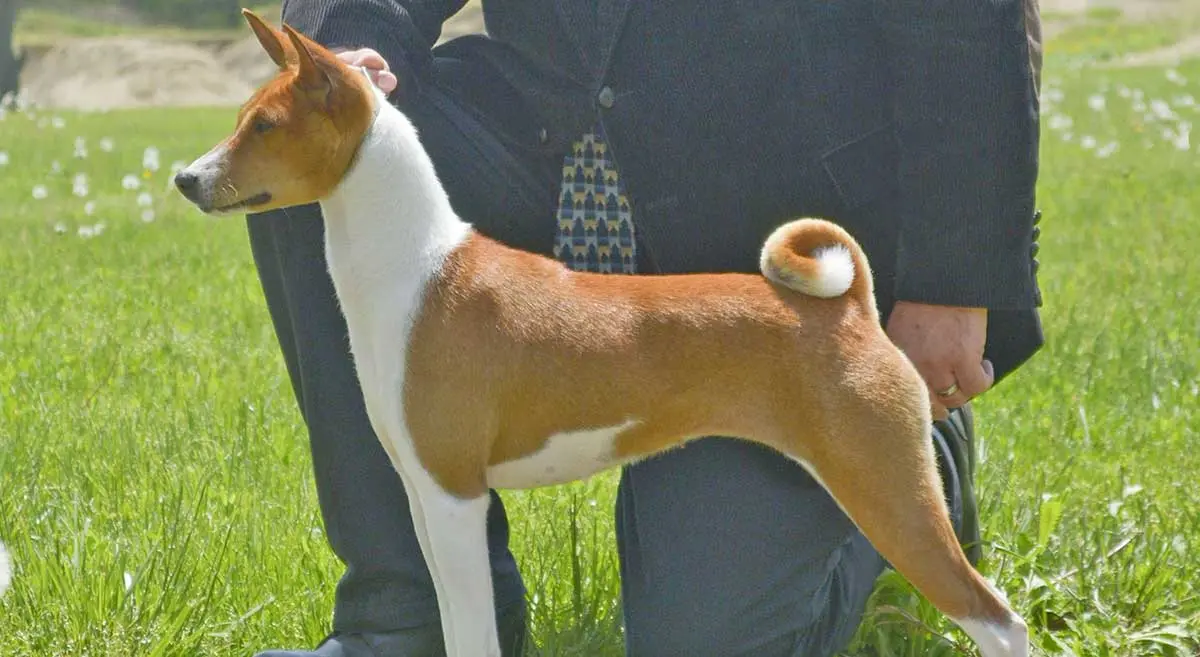
While those in the dog show world know that politics does play a role with some judges, a competitive show dog will conform as closely as possible to the breed standard set by the Basenji Club of America and adopted by the American Kennel Club (AKC). Learning how dogs are judged takes a lot of patience and understanding of the general structure of the breed.
Overall, this small African hunting dog is lightly built and short-backed. They are proud little dogs that are light of foot even though they have longer legs. The two words that should come to mind when you look at a Basenji are graceful and elegant. They will have an alert expression, arched neck, and high-set curly tail.
No matter which club is hosting the dog show, the breed standard is pretty much the same and the overall quality of a Basenji should always be the same.
Characteristics of a Basenji

The most notable characteristic of this lively hound is that they do not bark. Even though they do not bark, that does not mean they are mute. Instead, they make a trilling sound; you may even hear a happy Basenji trilling in the show ring.
Their wrinkled forehead adds charm to their expression. The way they gait is effortless and swift. A judge will be looking for the wrinkled forehead and tightly curled tail. When a Basenji gaits, the judge will watch look to see if their movement resembles a racehorse trotting.
Basenji can be aloof with strangers and you may even notice a show dog lean slightly away from the judge when being examined. They prefer their handlers and owners and will tolerate being examined but will not show enthusiasm.
Proper Size

The Basenji must be a specific size to be competitive in the show ring. Any Basenji that does not fit into the specified size listed in the breed standard could be faulted by a judge. Males are ideally 17 inches tall and females should be about an inch shorter. The overall length of a Basenji is also important with males being 17 inches from the front of the chest to the point of the buttocks. The overall length for females should be 16 inches.
Females are smaller than males and the overall light build of a Basenji should make them look sturdy but also agile. Males should weigh approximately 24 pounds whereas females should be 22 pounds. Many dog show judges will most likely not look favorably on a Basenji that is grossly out of standard, either too big or too small.
Physical Examination
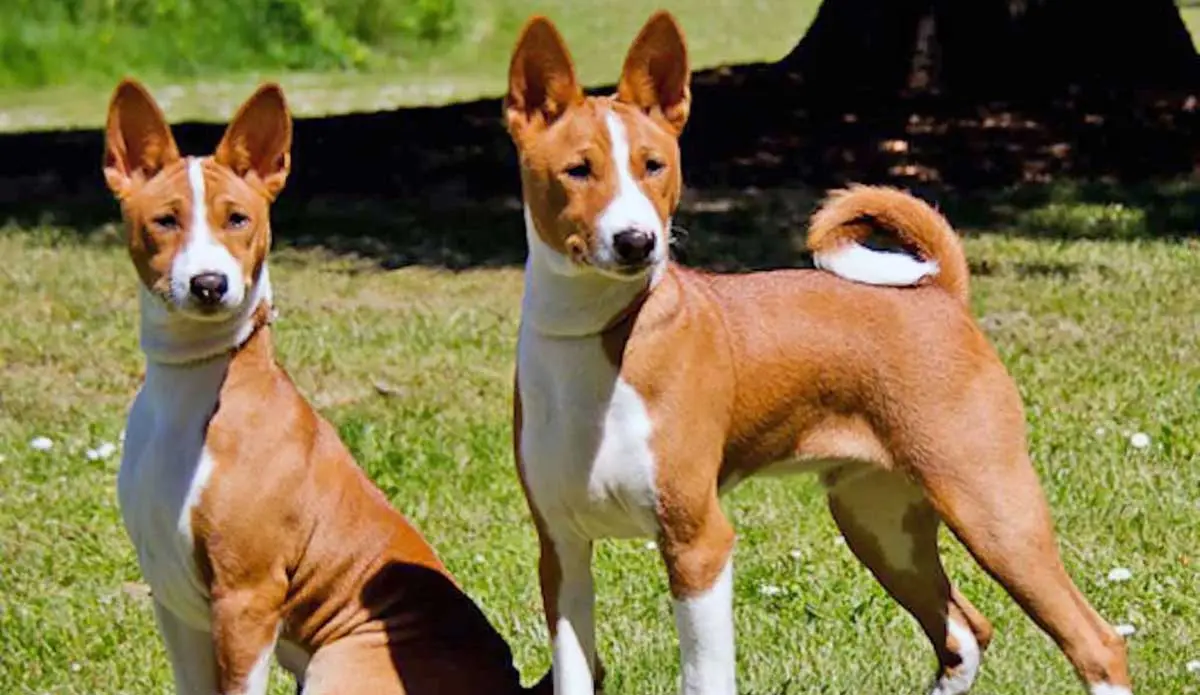
Judges will put their hands on the Basenji’s head to feel the angles of the muzzle and skull. They will also look at the teeth and bite to make sure it is correct. Dark, almond-shaped eyes should peer back at the judge with a lively, inquisitive expression. Their small, slightly hooded ears should be erect and well set on the top of the head.
The finer points of a Basenji’s skull and muzzle structure take years to learn and the casual observer will not be able to fully understand all that the judge looks for when evaluating a Basenji’s head. The overall shape of the skull, foreface, and muzzle must come together to create a pleasing, balanced head.
As the judge moves down the dog’s body, they will expect to feel moderately sprung ribs, a short back, a muscled fore-chest, and well-set shoulders. The upper arm and shoulder blade should be close to the same length.
They will feel the set of the tail, which should be set high on the dog’s top line and bend into a curl that lies over either side. A Basenji’s legs are fine-boned with well-defined sinews. Their feet are compact and oval with well-arched toes. Basenjis need a lot of exercise and training to keep them in optimal condition.
Coat and Color

Being an African hunting dog, the Basenji has a short, fine coat. Their coat should never be thick or long. Their coloring is as important as their overall look. For the show ring, there are 4 acceptable colors: chestnut, black, tricolor, and brindle.
Basenji has white feet, white on their chest, and a small bit of white on the tip of their tail. Having white on their face, neck, or up their legs is also acceptable and some judges prefer to see more bits of white on a Basenji. The colors should never blend but should be well-defined.
While every dog show judge will have their interpretation of what a breed’s standard looks like, in real life, a dog that has been bred to fit into the standard will get a second look from a judge. Some judges will pick a dog based on its movement, or gait. Other judges will pick a dog that has the best overall look and showmanship. And of course, you will see judges picking based on who is on the other end of the leash.
In the hound ring, Basenjis are not always a crowd favorite, but they are dogs that makes you smile because of their lively antics and overall beautiful presentation.
It takes a lot of effort to ensure a Basenji is show ring ready and most judges can easily recognize a well-bred dog when it enters their ring.
